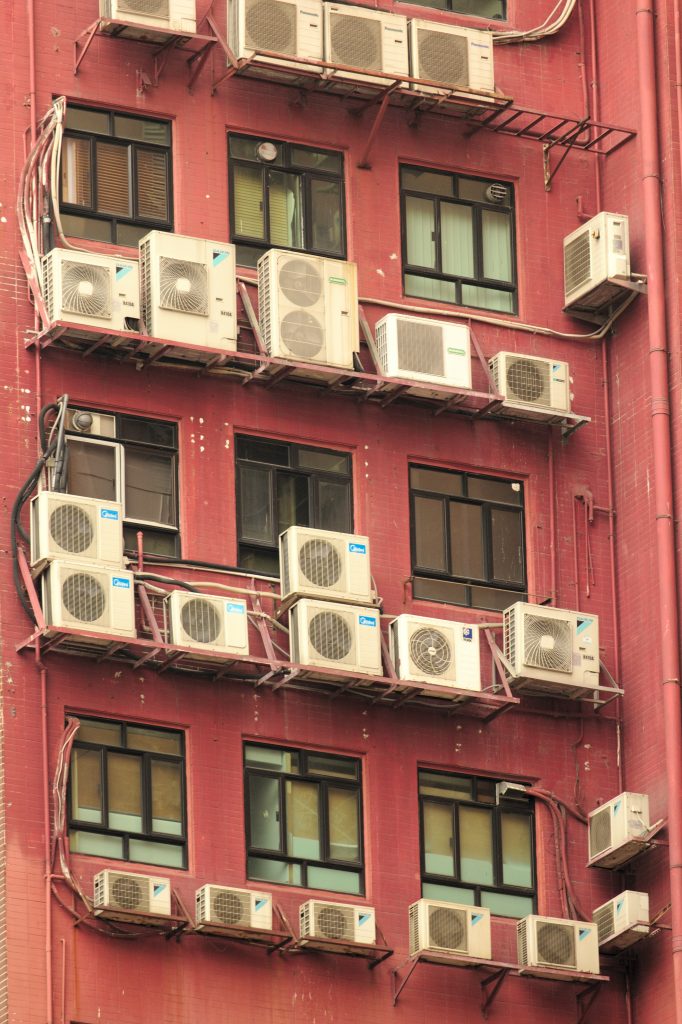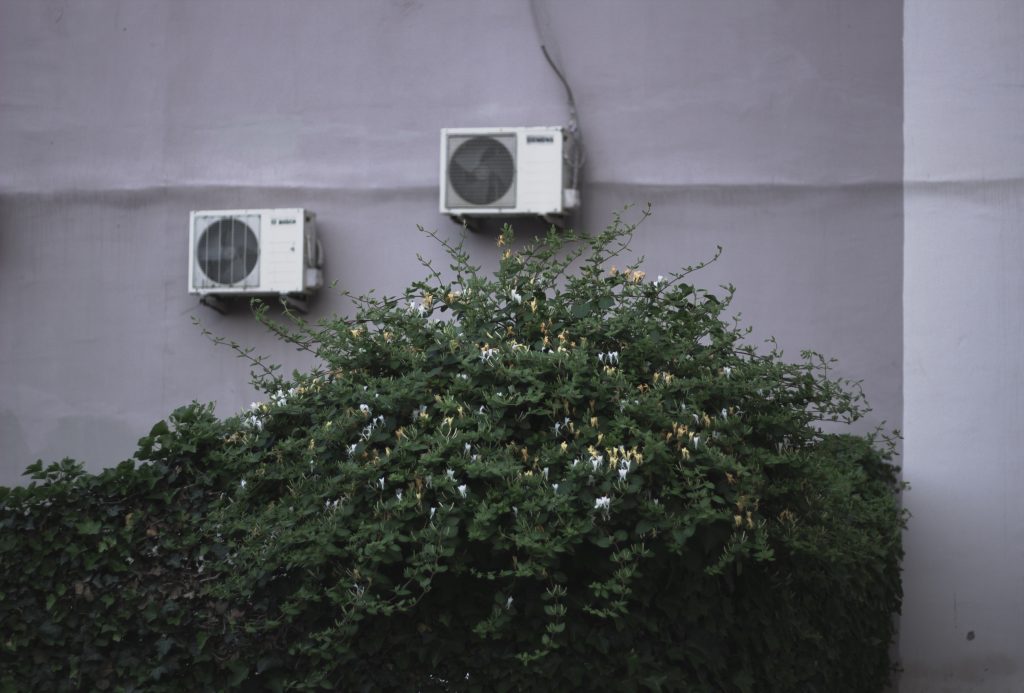This article will provide you the response you need if you’ve ever questioned whether air purifiers are the best option for wide open spaces like living rooms. We will examine how well air purifiers work to reduce pollutants and enhance air quality, especially in larger locations. If you want to know if an air purifier is the answer you’ve been looking for, whether you’re worried about allergens, odors, or just want to breathe cleaner air in your living room, continue reading.
Overview
What are air purifiers?
The purpose of air purifiers is to clean the air in your home of toxins, allergies, and pollutants. They function by trapping particles, filtering the air, and raising the standard of the air in general. In order to provide a better and cleaner indoor environment to breathe in, air purifiers are frequently used in homes, businesses, and other indoor spaces.
What are large open spaces?
The term “large open spaces” describes places in your living room or any other room that have a lot of volume and open space. Due to their propensity to more readily acquire dust, pollutants, and other airborne particles, these areas can be difficult to keep clean and maintain. High ceilings, open floor plans, and rooms with numerous windows are a few examples of vast open spaces in living rooms.
Importance of air quality in living rooms
For your health and wellbeing, your living room’s air quality must be maintained. It’s crucial to have clean, fresh air to breathe since you’ll be at this place for a long period. Numerous health difficulties, including respiratory conditions, allergies, and even cardiovascular disorders, can be brought on by poor air quality. By removing dangerous particles and pollutants, air purifiers can boost the air quality in your living room.
Considerations for Large Open Spaces
Coverage area
The coverage area of the air purifier should be taken into account while selecting one for a sizable open area. Selecting an air purifier that can effectively clean the air in your living room is crucial because different air purifiers have differing capacities. Make sure the air purifier you select is built to fit the space that size by measuring the size of your living area.
CADR rating
The CADR, or Clean Air Delivery Rate, gauges how well an air purifier works to eliminate particular airborne contaminants. It offers a uniform way to assess how well various air purifiers function. To combat common pollutants present in living rooms, such as smoke, pollen, and dust, look for an air purifier with a high CADR rating.
Air changes per hour (ACH)
The number of times an air purifier can filter the full volume of air in a room in an hour is referred to as air changes per hour, or ACH. Better air quality is the result of the air purifier being able to clean the air more regularly, as shown by a higher ACH. To guarantee that the air is regularly cleaned, it is advised to use an air purifier with a greater ACH for big open spaces.
Noise levels
If you intend to use the air purifier in your living room, pay attention to how loud it is. Some air purifiers have a tendency to be loud, which could be an annoyance in a place where you relax or have guests. If you want to reduce noise while still getting the job done, look for air purifiers that include a silent mode or adjustable fan speeds.

Types of Air Purifiers
High-Efficiency Particulate Air (HEPA) purifiers
HEPA air purifiers are renowned for their remarkable effectiveness in eliminating airborne contaminants down to 0.3 microns. Pollutants, allergies, and other airborne particles are captured by a thick fiber filter used by these devices. HEPA purifiers are ideal for big open spaces like living rooms since they are highly successful at enhancing indoor air quality by removing dust, pet dander, pollen, and mold spores.
Activated carbon purifiers
Air purifiers using activated carbon are intended to lessen odors, gases, and chemical emissions. They include activated carbon filters, which offer a wide surface area for adsorbing and trapping odor-causing chemicals. Activated carbon air purifiers can greatly improve the air quality in your living room by removing aromas from cooking, pets, and other sources even though they may not be as successful at removing particles as HEPA purifiers.
Electrostatic precipitators
Electrostatic charges are used in electrostatic precipitators to draw airborne particles to them. The particles become charged as they move through the apparatus and are gathered on plates or surfaces that have opposing charges. Dust, pollen, and smoke can be effectively removed with electrostatic precipitators. However, as a consequence, they could release ozone, which is hazardous if ingested in large doses. When selecting an air purifier for your living room, take this into account.
Ionizers
Negative ions, such as those produced by ionizers, attach to positively charged particles in the air such as dust, allergies, and pollutants. When particles are linked, they grow heavier, fall to the ground or gather on surfaces, which makes cleaning them easier. Ionizers have the potential to significantly improve the quality of the air, but they can also leave behind trace quantities of ozone. It is crucial to pick an ionizer that complies with safety requirements and produces less ozone.
Effectiveness in Large Open Spaces
Pros of air purifiers in large open spaces
When placed in big, open areas like living rooms, air purifiers can offer a number of advantages. They can successfully filter out allergens and pollutants from the air, lowering the likelihood of developing respiratory problems and allergic reactions. Air purifiers can also assist in odor eradication and air quality improvement. Additionally, some air purifiers offer intelligent capabilities that improve convenience by enabling you to remotely monitor and manage the air quality in your living room.
Cons of air purifiers in large open spaces
Although air purifiers might be useful, there are several drawbacks to take into account when utilizing them in big, open areas. One disadvantage is that, in rooms with high ceilings or numerous openings, air purifiers might not be able to clean the air as well. There might not be an even distribution of airflow, which would leave some locations with less access to clean air. Additionally, larger air purifiers made for open areas can take up more space in your living room, which would impact the aesthetics in general.
Choosing the right air purifier for your living room
Take into account the unique requirements and difficulties of your space while selecting the best air purifier for your living room. To pick an air purifier with an appropriate coverage area and ACH, consider the size and configuration of your living room. When selecting an air purifier, keep in mind the pollutants you wish to eliminate and pick one with the right filters. Think about the device’s overall cost, energy usage, and noise levels. You can choose an air purifier that efficiently fulfills the requirements of your living room by taking these considerations into account.

Additional Considerations
Maintenance and filter replacement
The best performance from your air purifier depends on routine maintenance and filter replacement. It is crucial to adhere to the manufacturer’s recommendations for filter replacements because different air purifiers’ filter life spans vary. When selecting an air purifier, keep in mind that these costs and supply options can change based on the model.
Energy consumption
If you intend to use the air purifier for extended periods, pay attention to how much energy it uses. The Energy Star label indicates models that are energy-efficient and have been engineered to use less electricity without sacrificing performance. You’ll be able to do this to reduce your electricity costs while maintaining the advantages of cleaner air.
Size and placement of the air purifier
The size and positioning of the air purifier should be taken into account when selecting one for your living room. Make sure the air purifier can be placed in the area without being in the way or looking out of place. Pick a spot that offers the best coverage and ventilation possible. The air purifier’s ability to clean the air can be further improved by placing it in a location with adequate airflow.
Cost
When selecting an air purifier for your living room, take your budget into account. Depending on the features, brand, and quality of the air purifier, pricing might vary widely. Find air purifiers that offer a decent mix between price and performance by setting a budget that you are comfortable with. You should keep in mind that additional costs, such as those for replacement filters and ongoing maintenance, must be taken into account in addition to the device’s initial purchase price.
Alternatives to Air Purifiers
Natural ventilation
Natural ventilation is a substitute for employing air purifiers in large, open places. Fresh air circulation and the accumulation of pollutants within can both be improved by opening windows and doors. Natural ventilation, however, might not always be practical or efficient, particularly in regions with high levels of outside pollution or during severe weather events.
Plants as air purifiers
By absorbing hazardous chemicals and exhaling oxygen, certain indoor plants can help to organically filter the air. The ability of certain plants to purify the air is well recognized. Examples include the snake plant, peace flower, and spider plant. These plants may bring a touch of greenery and beauty to the space while also helping to improve the air quality in your living room.
HVAC systems
The air quality in your entire home, especially the vast open areas, can be improved if you have a central heating, ventilation, and air conditioning (HVAC) system. HVAC systems are made to circulate and filter the air, removing impurities and preserving a stable temperature. To guarantee optimum performance and air quality, routine maintenance and filter replacement are essential.
Air quality monitoring devices
Using air quality monitoring equipment is an additional alternative to air purifiers. These gadgets monitor the air quality in your living room and provide you up-to-the-minute information on pollutants, humidity levels, and other elements that can affect it. With this knowledge, you may decide how to improve the air quality in your living room, whether it be by opening windows, changing the ventilation, or occasionally utilizing air purifiers.

Conclusion
When selecting an air purifier for big open spaces like living rooms, factors including coverage area, CADR rating, ACH, noise levels, and the type of air purifier should be taken into account. While plants, HVAC systems, natural ventilation, and air quality monitoring equipment can all assist maintain clean air in your living room, air purifiers can also successfully enhance air quality by eliminating allergens and pollutants. Your unique requirements, financial constraints, and the difficulties of your area will determine which air purifier is best for your living room. Make sure you and your family can enjoy a healthy and clean living environment by taking the time to research and select an air purifier that best meets your needs.
Recommendations: MORENTO H13 True HEPA Air Purifier

